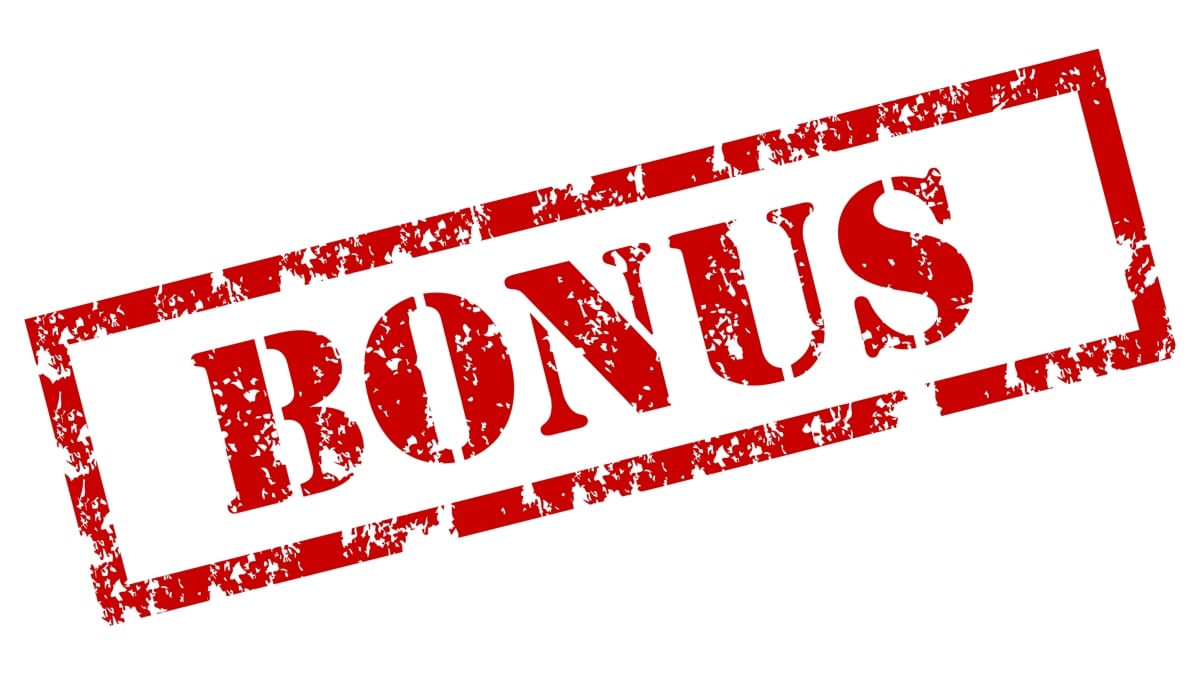In this guide
The Work Bonus is an incentive to keep pensioners in the workforce. If you are eligible, a portion of any income you earn via gainful employment does not count towards Centrelink’s income test.
Under existing Work Bonus rules, eligible pensioners can generally earn up to $300 a fortnight before they lose any of their pension entitlements.
The government has made a few changes to this program to make it more attractive for people who have reached Age Pension age to participate in the workforce.
First, in September 2022, a temporary one-off credit of $4,000 was added to the work bonus balance of all existing eligible pensioners. The plan was to remove this one-off credit on 1 January 2024. Then in September 2023 the government announced this temporary increase would be made permanent.
This means eligible pensioners can now earn up to $11,800 a year before losing any of their pension.
Whether you earn regular employment income or sporadic amounts from a side hustle, please read on. You may be missing out on your Work Bonus and therefore potentially thousands of dollars in additional income.
Here’s how the scheme works.
Watch our video guide below, or continue reading for in-depth detail on how the work bonus works.
See also our supporting guide on How working affects your Age Pension and tax, which includes a calculator which estimates how work changes may affect your entitlement.
Am I eligible?
To be eligible, you must be over Age Pension age and in receipt of a pension payment (Age Pension, Carer Payment or Disability Support Pension).
Join SuperGuide to continue
- Interactive tools and calculators give you power to plan
- Step-by-step guides help you put plans into action
- Pension fund rankings reveal how funds are performing
- Tips and strategies to boost your income in retirement
- Comprehensive super and pension rules in plain language
- Newsletters and webinars keep you on top of the current rules

Leave a Reply
You must be logged in to post a comment.